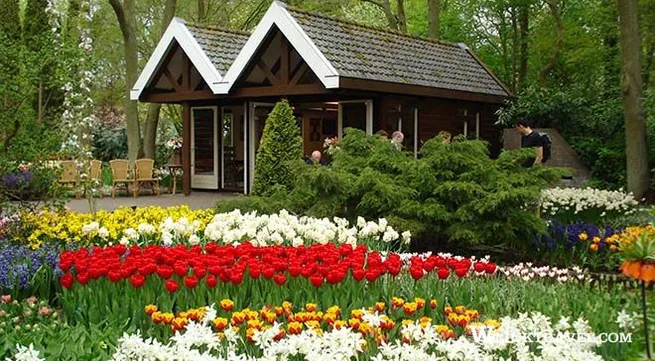Support measures to develop the flower industry in Dalat

However, only 10% is of sufficient quality for export. Easier access to capital, education and clearer government tax policies on the import of high-tech facilities are considered key solutions for the development of the flower industry in Dalat.
For the past 23 years, this man has walked to greenhouses in Ha Dong flower village every single morning to check the blossoms. Anonymous in normal working clothes, few people know that he was the first Vietnamese to grow flowers in net houses in Dalat. His name is Vu Nhuan.
The success of Nhuan’s first 200 square metres of pilot flowers cleared all doubts among his village neighbours. Before his trial, flowers in Dalat were all grown outdoors, with rather simple farming method. And following the initial 200 square metres, now Ha Dong village has more than 200 hectares of flowers grown in greenhouses.
Since then, Nhuan has been using his knowledge and experience to show other farmers how to upgrade their flower planting techniques. Miền is one of them. According to Mien, flowers grown in greenhouses can last for 10 days, while flowers grown outdoors can last for only 3 days. His life has been greatly improved since his switch to more high-tech cultivation methods.
The main reason for this small number of export is the lack of licences for seeds from breeders. Importing countries always ask for seed licence documents to make sure that the flowers are being legally produced.
A legal procedure has 3 steps: Farmers purchase the seeds from breeders. As part of the purchase, farmers have to pay a fee for the seed licence. In the flower industry, this fee is called a “royalty”. Farmers grow the flowers, harvest, and then export the flowers. Importing countries only accept shipment with documents that prove that the royalties have been paid. Flowers can’t be officially exported without this.





